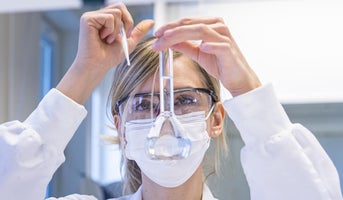Rayonnez de confiance
avec la gamme exclusive de
traitements esthétiques de Galderma
La beauté a de multiples visages : ce qui vous rend unique est aussi ce qui vous rend magnifique. La gamme de produits de comblement de Galderma offre une approche esthétique globale pour des résultats naturels et en harmonie avec chaque individu.1,2
Remodeler
Les produits injectables esthétiques peuvent parfaire vos traits en redessinant l’ovale de votre visage, en comblant les rides et ridules ou en apportant du volume.



Illuminer
Hydratez votre peau en profondeur grâce aux micro-injections des produits Restylane® Skinboosters™ pour une peau éclatante, durablement.3,4



Régénérer
Régénérez la production de votre propre collagène pour un rajeunissement progressif et durable.5,6


Engagés dans l’innovation
Galderma permet à chaque individu d'atteindre ses objectifs en matière d’esthétique, grâce à la gamme la plus diversifiée de produits injectables du marché.7,8 Nos innovations permanentes et nos technologies d’avant-garde font progresser la médecine esthétique.
Notre ambition est de développer des traitements esthétiques sûrs et conformes aux attentes des patients. Retrouvez ci-dessous nos solutions et notre engagement en faveur de l’innovation.


Vous trouverez dans cet onglet les références bibliographiques de cette page.
DEMANDEZ CONSEIL À VOTRE MÉDECIN. TOUT EFFET INDÉSIRABLE PORTANT SUR LE PRODUIT DOIT ÊTRE DÉCLARÉ À VOTRE MÉDECIN. LIRE ATTENTIVEMENT LES NOTICES SPÉCIFIQUES À CHACUN DES PRODUITS POUR PLUS D’INFORMATIONS. LE TRAITEMENT PAR PRODUIT DE COMBLEMENT PEUT NÉCESSITER PLUSIEURS RETOUCHES DANS LE TEMPS POUR ATTEINDRE LA CORRECTION SOUHAITÉE.
Toute injection à visée esthétique doit être effectuée par un médecin qualifié.
Ces dispositifs médicaux sont des produits de santé réglementés qui portent, au titre de cette réglementation, le marquage CE.
Fabriqués par Q-Med AB, Seminariegatan 21, SE-752 28 Uppsala, Suède.
Distribués par Galderma International SAS, Tour Europlaza. 20, Avenue André Prothin. 92927 LA DEFENSE CEDEX.